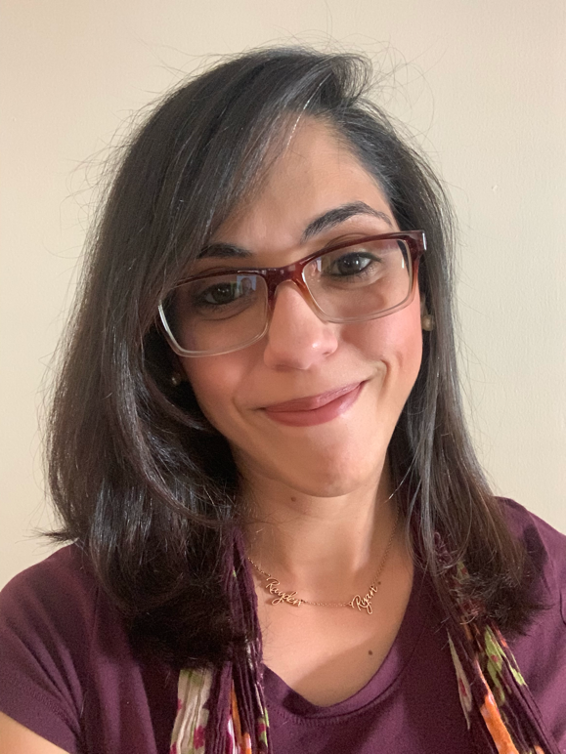When COVID-19 officially became a pandemic back in March, states, businesses, and schools were forced to shut down. School districts, administrators, and teachers were stepping into unchartered waters and asked to provide high quality education and teaching for the remainder of the school year to their students. Teachers were asked to become proficient and learn how to teach their students from home through the use of technology. Not only was this something new for parents, but teachers had to become miracle workers and technologically savvy overnight. Teaching my kindergarten students from my home while they sat in theirs proved to be challenging. We no longer had face-to-face interaction. They did not understand exactly what was happening. Teachers were losing sleep and working more hours in order to become better educators and have their students succeed during this large adjustment. Federal, state, and local government praised, thanked, and stated that we were truly essential.
Fast forward several months, and now teachers are being asked to return back to work five days a week, to face-to-face teaching. Summer is almost over and now there needs to be a plan in place to reopen schools. The Federal government is demanding that all teachers return to work and all students will be returning as well at full capacity. The Federal government has threatened to defund the public school system, and the state government is forcing schools to reopen as if we are not dealing with an active pandemic. The number of COVID-19 cases are rising across states, and it feels as if the government is no longer looking into the well-being of teachers, staff, and students.
Adjusting class sizes, temperature checks, creating dividers, asking everyone to wear masks all day, one direction hallways and staircases, lunches eaten in class, and demanding that students be spread six feet apart are just some of the measures to be implemented. Schools are to make the necessary adjustments and follow the Center for Disease Control (CDC) guidelines. District officials are stating plans to reopen schools, offering different options of education for the upcoming school year, and parents are asked to take a vote on preference between those options. But one of the main problems is that communication is not happening with teachers.
As a teacher in the public school system, I know first-hand that the discussions with local, state, and government officials are not taking place with educators. Officials are making decisions without getting the perspective of educators and their respective administrators. Teaching in the county that is now considered the “epicenter” of the COVID-19 pandemic, the fears and constant unknowns are in the back of my mind. Fortunately, for me, our Miami-Dade County superintendent has made it very clear that we will not be reporting to face-to-face teaching when the school year begins. We will be teaching virtually until we return to a number deemed as “safe” by the CDC.
Other counties across the state are not so lucky. Orange County teachers, for instance, will be reporting back to work with face-to-face teaching five days a week. They also have to spread out their classroom tables three to six feet apart, and their class sizes will be reduced just a bit. Most schools do not have the proper personal protective equipment (PPE) to give out to their staff, nor the PPE that all students need to have as well. Yes, kids benefit from face-to-face interaction between their teacher and their peers, but it needs to be in a safe environment. With all of the CDC guidelines and parameters set in place to reopen schools, one question still remains in my mind: “How can I help my students and myself stay safe?”
As it already is, public school teachers spend way more on their classrooms and students than what our annual salary gives us. We have families at home, and we have a classroom family as well. We are teachers because we care. We do it for the students, not for the recognition or the fame. We love what we do and who we do it for. With that being said, I would love to return to the classroom. I miss being with my students day in and day out. I miss it all, from “high-fiving”, hugging, and to even having the impromptu song and dance parties in order for my students to retain what we just learned. My role as a teacher is to make my students feel loved, accepted, and wanted, to make a classroom full of students from all different backgrounds, races, and ethnicities into a family: A family in which we can learn, grow, make mistakes, and challenge each other along the way. A family in which we praise our successes and learn from our mistakes. This is why my students want to come in every day to school. It is then that I know I have followed my true calling.
When I take a step back and analyze my role as a teacher, I realize that my role coincides with my role as a person of faith. This pandemic has truly opened my eyes to see that the only thing we can do is to recognize that this is a time of adjustment. The same way that I adjusted from teaching face-to-face to teaching virtually, is the same way that I have had to adjust with how I stay connected in my faith. ZOOM meetings, bible studies, talks with my pastor, and staying connected with my church family has all needed to happen through our constant adjustment.
The greatest commandment, or shall I say the golden rule, that I hold very dear to my heart is “love thy neighbor as thyself.” The way that I have seen this commandment in action today is by the use of mask wearing. If I love myself enough to wear a mask in order to stop myself and my loved ones from getting COVID-19, then I love my neighbor enough to help stop the spread. As a teacher, I treat and love my students the way that I would want to be treated and loved, including reflecting on how I would want my own children’s teachers to treat them. I love my students, respect them, and let them know that I hear them. I even call them my “kids” when speaking to colleagues or friends.
As I continue to adjust to all of the unknowns, one thing stands out, “How can my role as a person of faith help out our students and teachers?” One way is by speaking out to my church and local churches in order to get them to donate personal protective equipment (PPE). This includes anything from face masks or face shields to donating gloves. Another way is teaching our own children or congregation how to properly wear masks when we are out in public.
In closing, I have learned to adjust, not only as an educator but as a person of faith. I continue to grow as an educator by taking professional development classes offered by my district as well as making changes to how I am going to keep my students engaged and active participants while learning virtually. As a person of faith, I continue remaining steadfast. All in all, one thing remains true, despite the uncertainties that lie ahead, the love I have as a teacher and person of faith will still remain.

Milagros “Millie” Sánchez-Cohen is an educator and a Presbyterian deacon. She holds a Bachelors of Arts Degree in Elementary Education with ESOL Endorsement from Florida International University. Millie considers teaching her life-calling and has taught kindergarten for eight years, going on nine. She is an active member of First Spanish Presbyterian Church in Miami, FL, having served in the Christian Education Committee and the Board of Deacons. Millie has also served as a Sunday School teacher, directed the Vacation Bible School for First Spanish, and as children’s program leader at retreats. In her spare time, Millie enjoys arts & crafts and other creative endeavors, as well as spending time with friends and family, especially her husband, Jonathan, and their two toddlers, Rayden Luke and Ryan Logan.






Unbound Social